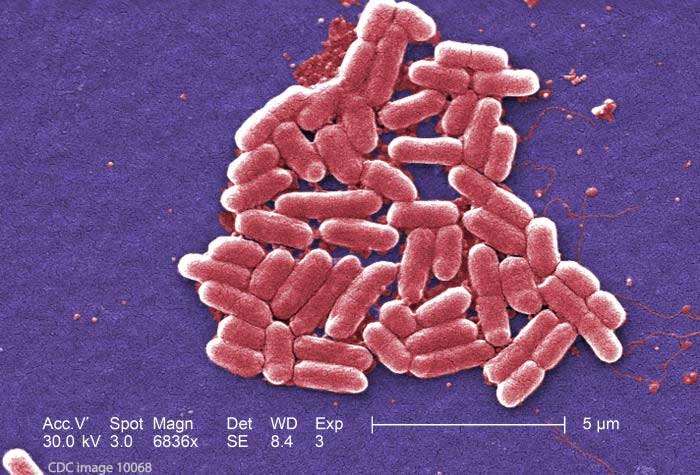The Centers for Disease Control and Prevention (CDC) is assisting the Washington State Department of Health (WDH) and Public Health – Seattle & King County (Public Health) with an investigation related to an E. coli outbreak potentially linked to a Seattle restaurant, the Matador restaurant in the Ballard neighborhood.

E. coli, sometimes referred to as STEC (Shiga-toxin producing Escherichia coli), is a dangerous bacterial pathogen that can cause severe dehydration, colitis and a kind of renal injury called hemolytic uremic syndrome (HUS), the leading cause of kidney failure in children in the United States.
To date, this is what we know about the outbreak investigation:
- There are currently 10 people who have been diagnosed with a strain of E. coli that has the same DNA fingerprint;
- The genetic fingerprint, a PFGE pattern, is similar across all these cases;
- This strain of E. coli strain with the outbreak PFGE pattern has not been seen before in Washington;
- Of the 10, 7 are residents of Washington, 5 of them residents of King County;
- Three of the 10 are residents of three other states, Colorado, Idaho and New York;
- One of these 3 ate at the Matador in Seattle before getting sick;
- Of the 10 sickened, seven of them (including the one mentioned above) ate food from the Matador in the Ballard neighborhood prior to illness, and three did not;
- August 22nd is the last known meal date for people who have reported contracting an E. coli infection after eating at Matador;
- Investigation of the Colorado, Idaho and New York cases is ongoing by the respective health departments;
- WDH is leading the investigation.
WDH has stated that the department is not aware of links to restaurants other than Matador. This may change as the investigation continues, particularly with CDC involvement.
Outbreak Investigations and Finding a Link to the Matador Restaurant
The time between eating contaminated food and finding out you are part of an outbreak can be weeks.
It can take up to 10 days for a person who ate food contaminated with E. coli bacteria to develop symptoms, which include severe diarrhea (often bloody) and abdominal cramps. Then the following steps need to be taken:
- The ill person needs to go to his/her doctor;
- The doctor needs to take a stool sample;
- That stool sample needs to be sent to the lab to be tested;
- The lab or the physician has to report a positive result (yes, it is E. coli) to the local health department;
- Isolates of the E. coli found in stool samples needs to be further tested to determine the DNA fingerprint (PFGE pattern);
- The local health department needs to conduct one or more interviews with the patient, and it may take more than one to identify commonalities with others sickened.
Interestingly, 4 out of the five cases in King County did not report eating at the Matador when they were initially interviewed by Public Health staff in Seattle.
When Public Health was able to determine that there was a link to the Matador restaurant in the Ballard neighborhood, it inspected and temporarily suspended the permit to operate. Public Health then “found that there was the potential for cross contamination based on inadequate cleaning of the food processing machines (e.g. food processor) and there was inadequate cleaning of some produce,” according to a news release. At the time, Public Health did not know if either of these contributed to the outbreak.
As of late last week, health officials were still gathering information from people sickened in the outbreak, testing and analyzing environmental samples, and collecting information from Matador employees. You should discuss how this evidence can be used in a lawsuit against the Matador restaurant with your E. coli lawyer.